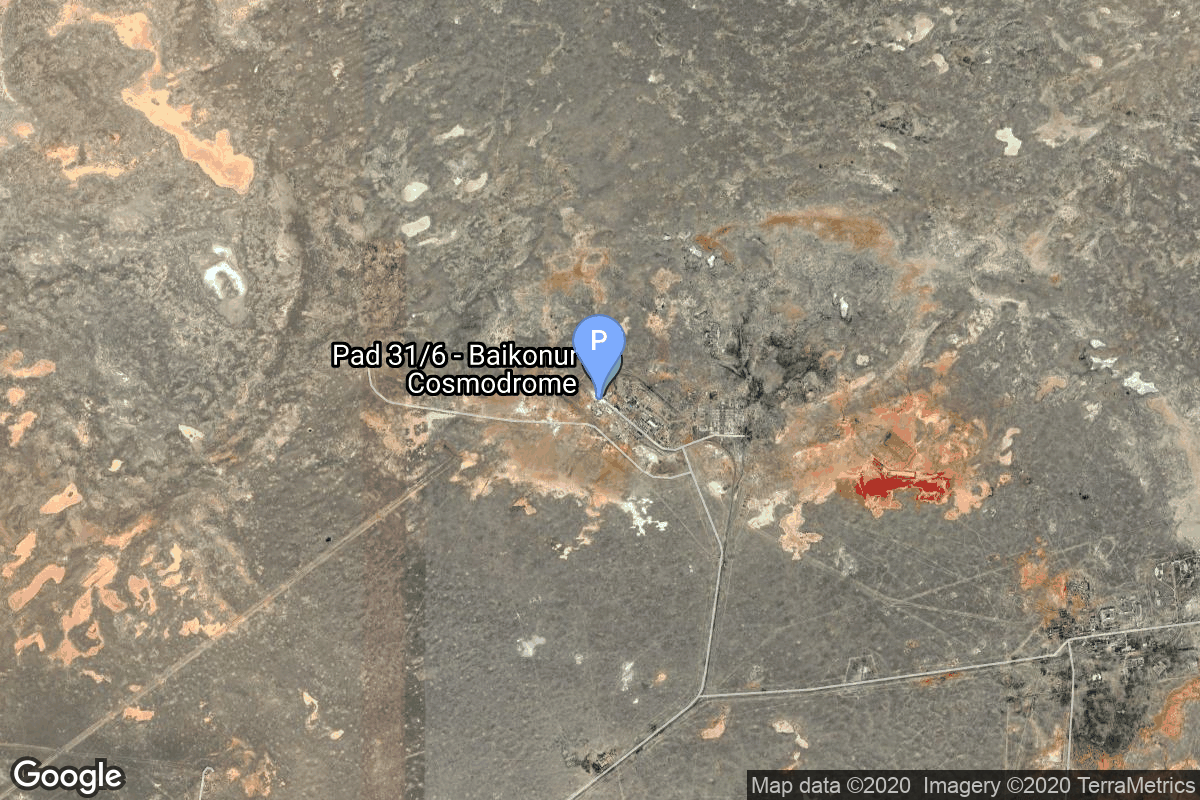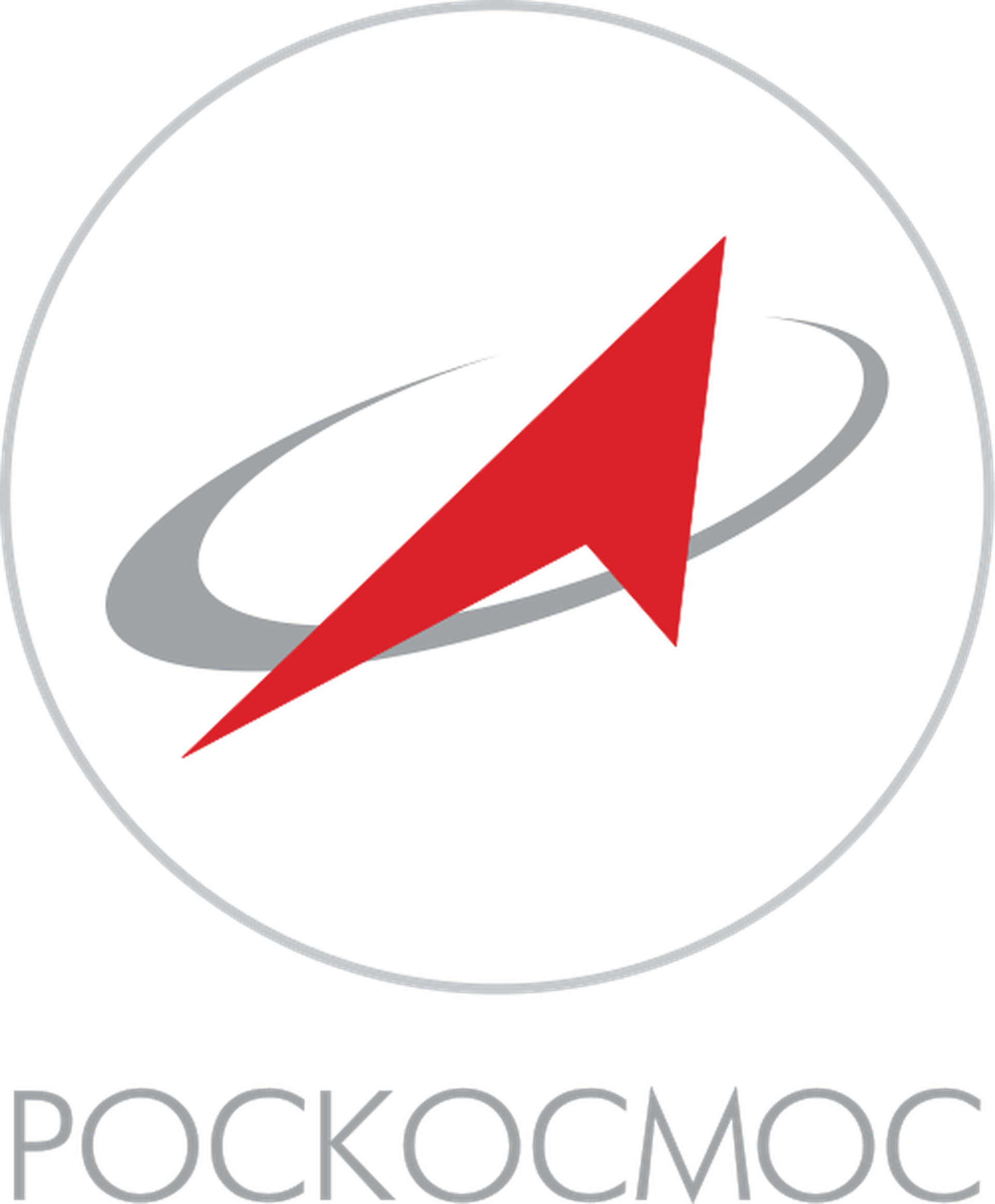Cluster Salsa & Samba
Soyuz-U-PVB
Russian Federal Space Agency (ROSCOSMOS)
Mission
Cluster Salsa & Samba
- Type: Earth Science
- Orbit: Elliptical Orbit
Cluster is an magnetospheric research project, consisting of a constellation of four identical satellites. Part of the first Cornerstone Mission in the European Space Agency’s long-term space science programme, the Cluster II satellites were built to replace the original Cluster mission, which was aborted after Ariane-5G’s maiden flight in June 1996 failed to launch the satellites. The mission’s objective is to research the Earth’s magnetosphere and its interaction with the solar winds, via four identical satellites flying in formation which take simultaneous measurements to provide the most detailed three-dimensional study of changes and processes taking place in near-Earth space. The four satellites were launched in 2000 on two Soyuz-U Fregat rockets.
Location
31/6
Baikonur Cosmodrome, Republic of Kazakhstan
31/6 has witnessed the launch of 414 rockets, including 414 orbital launch attempts, while Baikonur Cosmodrome, Republic of Kazakhstan, has been the site for 1547 rocket launches.
Rocket
Progress Rocket Space Center Soyuz-U-PVB
A Russian orbital launch vehicle. A version of the Soyuz-U with safety modifications to prevent and resist fires in all stages and the upper stage avionics compartment.
Agency
Russian Federal Space Agency (ROSCOSMOS)
The Roscosmos State Corporation for Space Activities, commonly known as Roscosmos, is the governmental body responsible for the space science program of the Russian Federation and general aerospace research. Soyuz has many launch locations the Russian sites are Baikonur, Plesetsk and Vostochny however Ariane also purchases the vehicle and launches it from French Guiana.

